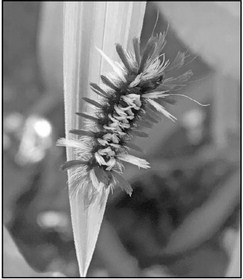The moth and the milkweed


By Jane Bielecki, Master Gardener
I have to start this article on a personal note, as I planted common milkweed this summer. I dug up some smaller plan...


By Jane Bielecki, Master Gardener
I have to start this article on a personal note, as I planted common milkweed this summer. I dug up some smaller plan...